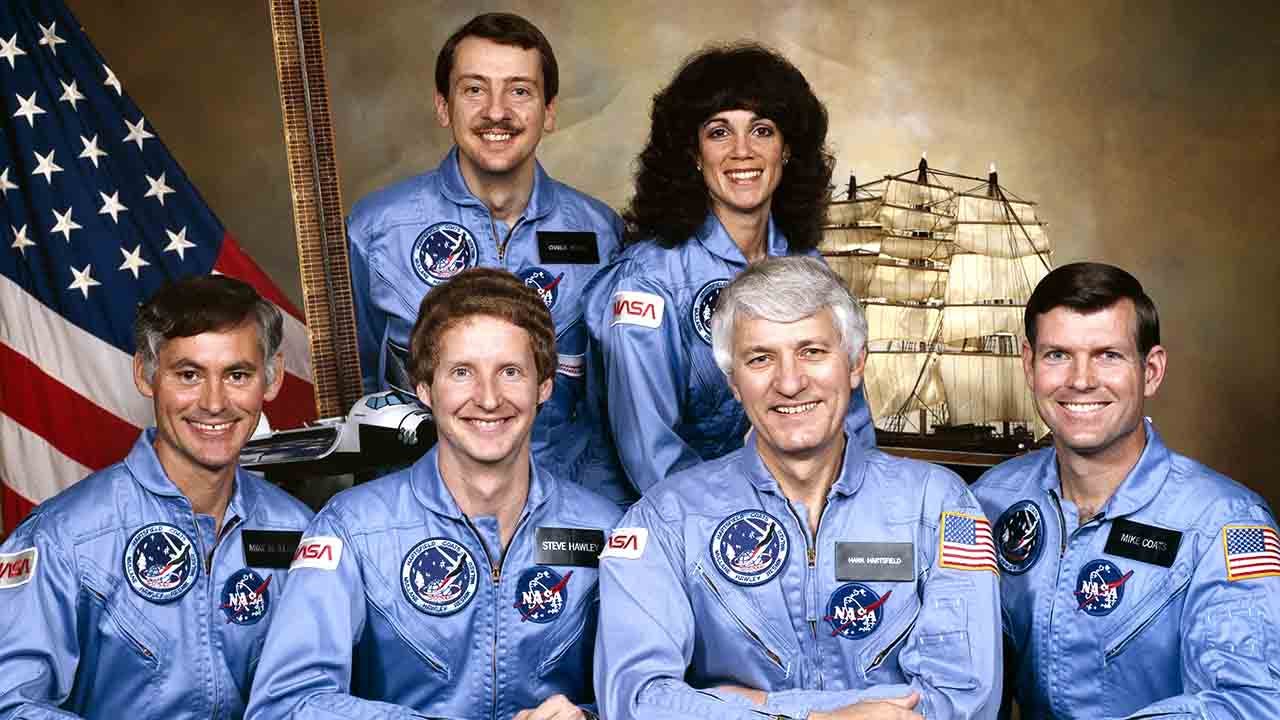On this historic day, August 30, 1984, the Space Shuttle Discovery embarked on its maiden voyage. However, it was not without obstacles. The previous three attempts to launch Discovery were canceled, with one cancellation occurring just six seconds before liftoff. This first-ever aborted launch in the history of the Space Shuttle program happened on June 26, 1984, due to a problem found with one of the main engines.
After a two-month delay, Discovery returned to the launch pad on August 29, but that launch also had to be scrubbed. Finally, on August 30, Discovery successfully took off from Kennedy Space Center. The initial mission, STS-41-D, had a crew of six people: Commander Henry W. Hartsfield, Jr., Pilot Michael L. Coats, Mission Specialists Richard M. Mullane, Steven A. Hawley, and Judith Resnik, and Payload Specialist Charles D. Walker.
Of the crew members, Walker, who worked for McDonnell Douglas, became the first commercially sponsored payload specialist to ride on the Space Shuttle. It was the first space voyage for everyone except Hartsfield. Unfortunately, Resnik would not have the opportunity to return to space as she was among the seven astronauts tragically killed in the Space Shuttle Challenger disaster on January 28, 1986.
Despite its initial challenges, the six-day mission of STS-41-D went relatively smoothly. Several satellites were deployed during this mission, including Satellite Business System SBS-D, SYNCOM IV-2 (also known as LEASAT2), and TELSTAR. The mission also included a successful solar wing test and other experiments.
Discovery safely landed at Edwards Air Force Base on September 5, after completing 97 revolutions around the planet and traveling a total of 2.5 million miles. Over its 27 years of service, Discovery completed 39 flights. It was eventually donated by NASA to the National Air and Space Museum. Notable missions of Discovery included the deployment of the Hubble Space Telescope and the launch of the Ulysses spacecraft, which explored the sun.
On February 24, 2011, Discovery took its final flight, STS-133, carrying astronauts Steven W. Lindsey, Eric A. Boe, Nicole M. P. Stott, Alvin Drew, Michael R. Barratt, and Stephen G. Bowen into space for nearly 13 days. After its safe return to Earth, Discovery was retired along with the other remaining space shuttles at the end of the Space Shuttle Program. The final mission, STS-135, saw Atlantis returning to Earth on July 21, 2011.
Discovery was the third of the original five Space Shuttle orbiters and the oldest remaining shuttle at the time of its decommissioning. The Space Shuttle program consisted of six reusable orbiters: Enterprise, Columbia, Challenger, Discovery, Atlantis, and Endeavour. Enterprise was used only for testing purposes and never flew into space, while Columbia and Challenger were tragically destroyed in accidents.
Following its retirement, Discovery was generously donated by NASA to the National Air and Space Museum. It is currently on display at the museum’s Steven F. Udvar-Hazy Center in Chantilly, Virginia.
Denial of responsibility! VigourTimes is an automatic aggregator of Global media. In each content, the hyperlink to the primary source is specified. All trademarks belong to their rightful owners, and all materials to their authors. For any complaint, please reach us at – [email protected]. We will take necessary action within 24 hours.


